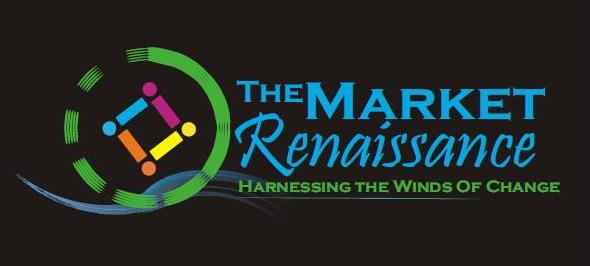Education has and will always be one step behind, won’t it? While we sit in classrooms and study theories, do case studies and presentations on various issues in the fields of marketing and communication, we little realise that the world outside is moving at its own rapid pace, that what is novel today is passé tomorrow.
This single fact makes it even more important that we concentrate on opportunities that can influence the thoughts of tomorrow rather than just reading the case studies of yesterday. MICANVAS and Mudra present 'Mudra Spark', where you get the chance to give form to the future.
The event will be conducted in two stages. As part of Stage I, teams (of not more than 2 members each) are required to submit a paper of not more than 2000 words with a clear and differentiated view point on ANY ONE of the topics mentioned below:
I. Brand Mythology – Is It A Marketing Tool?
Myths transcend time, geography and culture, surviving long after the people who wove them. If brand mythology is the cultural and contextual understanding of a brand’s past and present, can the mythology of a well-established brand influence its consumers or attract new ones? Are there any brand myths that have done exceedingly well, and what can we learn from them?
II. Sensory Branding In India
A complex media environment and consumers annoyed by interruption from marketers has made it challenging to build brands today. The idea that brands should engage consumers on a variety of touch points is not new, but to do it through the different senses is still an emerging thought. To what extent is this already being done in India? Does such a thought hold promise for Indian brands? Are there ways to touch the senses without invading them?
III. Advertising and the Cultural Divide
India is a diverse country and we see numerous national launches of marketing communications with regional adaptations. The North - South divide has been debated for years now. Expressions in Hindi passing off as ideas and translations that make no sense whatsoever for a Malayali or a Tamilian, the usage of caricatures and stereotypes like Rajanikanth or global ideas slapped onto advertising in India. Can this communication connect with its consumer? Is the world truly flat?
IV. Social Responsibility - A Cause Or A Charade
Consumers these days want to associate themselves with brands they feel good about rather than a product with functional utility. Recognizing this, many brands today espouse a social cause, and create campaigns that aim to bring about a social change. Are these ‘causes’ building better brands or eating into media budgets? Or are these campaigns only catering to the egos of people who created them? What should advertising do to make a real change?
V. Men Are From Mars, Women Are From Venus
Women are the most influential buyers yet most marketing theories were developed in the days when men were the key influencers at both the supply and demand end of the market. Women now play a large role in the workplace and the marketplace. Is there a need to recalibrate these theories? Should there be different marketing campaigns to communicate with consumers depending on their gender? What kinds of brands need to take another look at how they are talking?
VI. Rural India - A Market That Defies Logic
In a country where 70% of its population lives in rural areas, successfully marketing to the bottom of the pyramid presents a huge opportunity for marketers. While large companies have been winning on the back of their distribution strengths, the proliferation of Direct to Home television (DTH) services is a surprising trend. A nascent industry in India, 10 % of rural households have a DTH service while only 6% of urban India subscribes to these services. What drives this growth in the erstwhile media dark areas? How will this affect the story of marketing to rural India?
The entries must be mailed in by 11:59 PM on the 23rd of October 2009. All entries must reach us at spark.micanvas@gmail.com. The six best teams, whose names will be announced on the 27th of October, will be invited to the MICA campus to make their final presentations as part of Stage II.
A few things to keep in mind for the Stage I entries:
- Papers must have a clear and differentiated point-of-view rather than solely participating in existing debates
- Questions listed at the end of each topic description are merely indicative of the kind of discussion and debate your paper should generate. These are not mandatory questions to be answered
- A case in point has to be included, where you throw some light on either an existing scenario or a possible strategy to best utilize the insights from your opinion on the subject
- Even though you may draw from global examples, the work has to be relevant to the Indian scenario
- A photograph and five line biography of the author(s) is to accompany the paper
After the end of Stage II, the team which comes first stands to win Rs. 25000 and the runner-up wins Rs. 15000! The incentive’s there, also a range of topics to choose from, and the chance to shape the future rather than reading about it as history some years later. So, without wasting time, get ready to do exactly that!
For more about the event, click here.
For any queries, feel free to contact:
Kanika Gupta+91 9998337468
kanika8@micamail.in
Kunj Sanghvi
+91 9558816596
kunj8@micamail.in

No comments:
Post a Comment